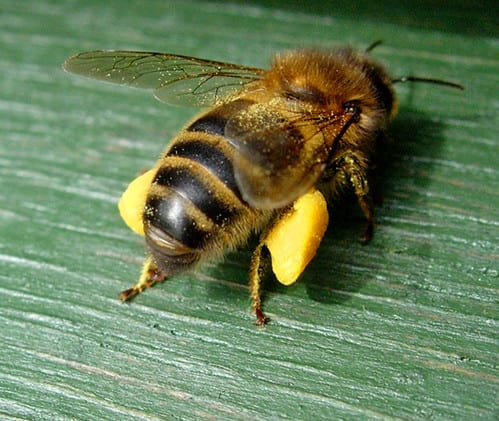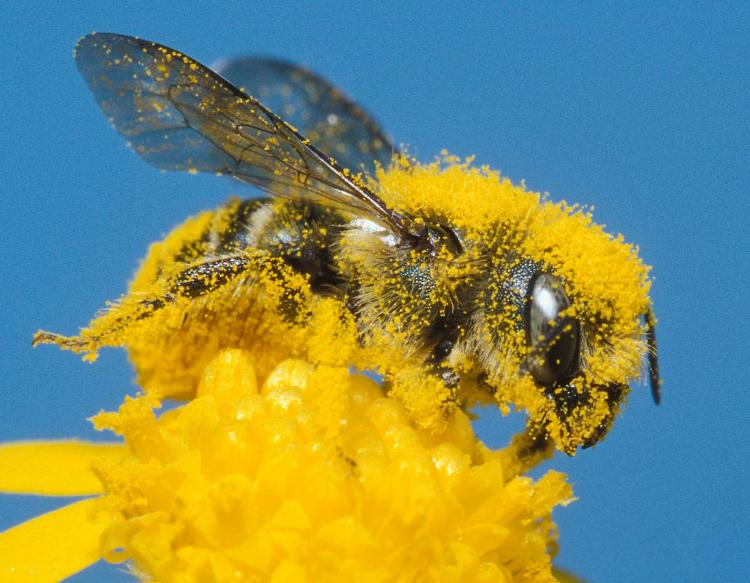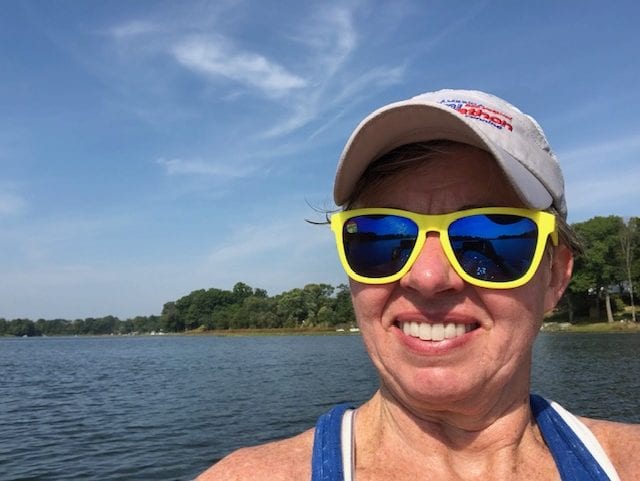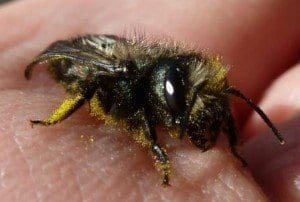Image courtesy of Dave Hunter, Crownbees
I am sure you are well aware that across the world pollinators are in trouble. Their decline is attributed to habitat loss, expanded pesticide use, introduction of invasive species, diseases and pests, and climate change.
Pollinator:
An animal that moves pollen from the male anther of a flower to the female stigma of a flower. This helps to bring about fertilization of the ovules in the flower by the male gametes from the pollen grains.
More than three-quarters of the world’s food crops rely at least in part on pollination by insects and other animals.
The decline of the honeybees, which were introduced from Europe by early North American settlers, has gotten most of the attention. Sadly, however, almost no one knows there are actually numerous native North American bees that are more efficient at pollination than the honeybees.
Native bees were taking care of business for a long time before the honeybees arrived.
“Honeybees are more interested in the nectar than pollen. They don’t really want the pollen if they can avoid it. Wild, native bees are mostly pollen collectors… collecting pollen to take back to their nests.”
Krisy Gashler – Cornell University – ChronicleOnline, Oct 24, 2011

Honeybees visit a lot of blossoms. They are after the nectar but will also collect pollen. They work carefully to fill the pollen baskets on their hind legs. Honeybees are so precise that less pollen comes into direct contact with the blossom’s styles resulting in less efficient pollination. Honeybees move more methodically from blossom to blossom on a single tree. While I can appreciate this neat and tidy approach, it is not particularly good for cross pollination.

The mason bee is a different character altogether. They tend to be more erratic about their flight patterns and will fly back and forth between trees. Instead of pollen baskets, masons are equipped with a hairy abdomen that is loaded with specialized hairs, called the scopa. They crawl all over the blossom with their pollen-packed abdomens touching every part of the blossom, including the styles. They drop a lot more pollen along the way, resulting in better cross pollination.

Thanks to a grant from Arrow Head Country RC&D, LMEF is planting native pollinator plants at the entrance to the Kline Levee. These plants will add beauty to the area and be a food source for our pollinators. A mason bee house was installed so they could enjoy the buffet. Thank you Steve Listenberger.
How doth the little busy bee
Improve each shining hour,
And gather honey all the day
From every opening flower!
Isaac Watts
If you want to help the pollinators:
- Plant Native Plants: Fill your landscape with native plants that support pollinator wellbeing! Provide pollinators with a place to live, eat, and lay eggs and ensure a healthy landscape for future generations.
- Avoid Chemicals: Insecticides will kill some of our most important bee, beetle, moth, and butterfly pollinators. Herbicides will kill important native plants that pollinators rely on for food and habitat, like milkweed.
- Give Bees a Home: Offer nesting spots for native bees that don’t form hives. You can leave tree snags on your property, leave bare batches of sandy soil, or buy or build native bee houses.
- Spread the Word: Tell your friends, family, coworkers, and classmates all about the importance of pollinators! Share information on social media or in-person and let others know how they can help solve this problem.

Hi, I’m Debbie Palmer. I received a BS in Horticulture from Purdue University. Here at LMEF, I am responsible for outreach presentations, monitoring the lake and it’s wetlands, project manager for restoration and research projects, and act as a community resource for all things related to the well-being of Lake Maxinkuckee and its surrounding watershed. I completed Indiana Watershed Leadership Academy, volunteer with the Indiana Clean Lakes Program, Hoosier River Watch and Marshall County Lakes and Waters and serve as a Board Member for Indiana Lakes Management Society.


Recent Comments